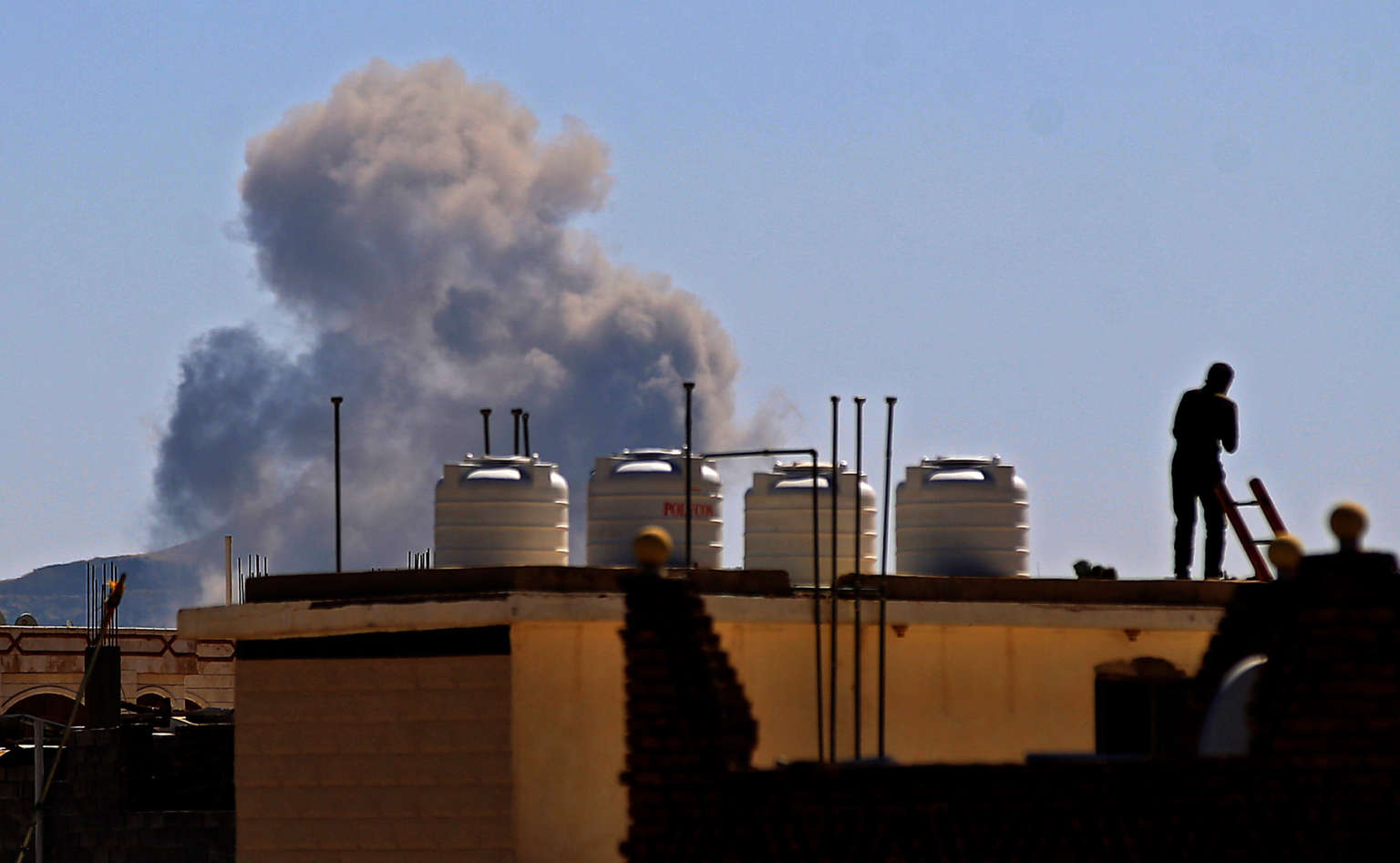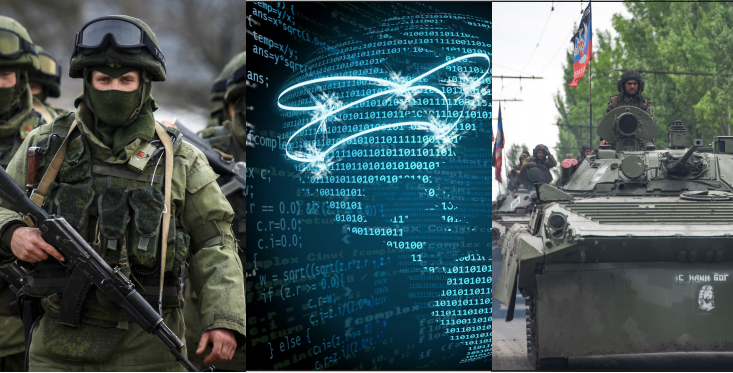Smoke billows following a reported airstrike by the Saudi-led coalition in the Yemeni capital of Sanaa on November 27, 2020. MOHAMMED HUWAIS / AFP VIA GETTY IMAGES
By Chrisana M. Panzica
Truthout
Jan 22, 2021 - Since 2015, the U.S.-backed Saudi-led bombing and blockade of Yemen has killed tens of thousands of people and devastated the country, creating what the United Nations calls the worst humanitarian crisis in the world. Half the country’s people are on the brink of famine, the country has the world’s worst cholera outbreak in recorded history, and now Yemen has one of the very worst COVID death rates in the world: It kills 1 in 4 people who test positive.
People and organizations across the world are uniting to call for an end to this genocidal war on January 25 in an international day of action. President Joe Biden, who was part of the Obama administration which started U.S. support for the war, has vaguely promised to end U.S. support for the war. However, Biden’s promise should be viewed with extreme skepticism. Weapons manufacturers like Raytheon have a vested interest in continuing the war and wield an immense amount of power in Washington. It is unlikely the U.S. government will end the war without a fight — it’s on us to push it to do so.
Starting under Obama and continuing under Trump, the U.S. has been heavily involved in the war on Yemen, primarily through weapons sales to Saudi Arabia and its coalition partners. These weapons are by and large used to intentionally target and kill Yemenis. This bloodthirsty logic has been a driving force behind the war for almost six years.
Raytheon Technologies, the second-largest arms manufacturer in the world, is one major provider of these weapons. It stands out from the rest of its competitors because of its close ties with Saudi Arabia, having been the first weapons manufacturer to build a permanent operation there in the 1960s, hiring members of the Saudi royal family as consultants, and opening a branch of the company in Riyadh in 2017. After the war began in March 2015, Raytheon’s stock price went from about $108 to more than $180 in 2019, reflecting billions of dollars in weapons sales to Saudi Arabia.
Despite the countless threads connecting Raytheon to Saudi Arabia and its financial interest in continuing the war in Yemen, the company portrays itself as a neutral force which simply carries out the foreign policy of the U.S. government and therefore is not responsible for the destruction wrought by its weapons. When Vice President of Business Development and CEO of Raytheon Company International John D. Harris II was asked by CNBC in a February 2019 interview about the use of Raytheon bombs in Yemen, his response was: “We are an element of U.S. policy — our role is not to make policy, our role is to comply with it.” By characterizing itself as an obedient, law-abiding company, Raytheon not only attempts to weasel out of its culpability, but also obfuscates the horrific tragedy playing out in Yemen and other countries where its bombs fall.
The reality is the harrowing situation in Yemen can be directly traced back to Raytheon and other weapons manufacturers’ influence on U.S. foreign policy. This is not due to a lack of government “checks and balances” or oversight; rather, it is the result of a calculated policy of the U.S. government to ensure its dominant geopolitical position in the world, which includes maximizing the profit interests of these companies at the expense of Yemeni lives. The U.S. is also involved in Yemen to limit Iranian influence in the region and protect its access to seaborne oil trade that passes through the Strait of Bab el-Mandeb.
The harrowing situation in Yemen can be directly traced back to Raytheon and other weapons manufacturers’ influence on U.S. foreign policy.
Raytheon’s claims of neutrality fall flat when one takes a closer look at its influence on U.S. policy, including both explicit lobbying of government officials and its unified interests with members of the U.S. political elite. The revolving door between private companies and government positions has supported Raytheon’s goals — in fact, Raytheon has managed to insert itself as a permanent fixture at the highest levels of government. Obama and Trump both had former Raytheon lobbyists serve in senior roles in the Defense Department (William Lynn and Mark Esper, respectively), and Biden is continuing the tradition, choosing Gen. Lloyd Austin, who sits on the Raytheon board, for defense secretary and breezed through his confirmation hearing without issue on January 19.
Exporting Death
While the situation in Yemen continued to dramatically deteriorate during the Trump administration, Trump shares the blame with his predecessor. Obama played a key role in starting the war, giving Saudi Arabia a green light for its initial attack. He also worked to expand U.S. arms sales abroad, including to Saudi Arabia and the United Arab Emirates. In 2013, Obama oversaw a big increase in U.S. arms sales to foreign governments that has enabled Saudi Arabia’s current assault on Yemen. As a result, U.S. arms exports went from $6.9 billion in 2009 to $8.7 billion in 2012, according to the Stockholm International Peace Research Institute’s database, a 25 percent increase. Of that, U.S. arms exports to Saudi Arabia increased by 4,489 percent between 2008-12 and 2013-17. (Continued)



